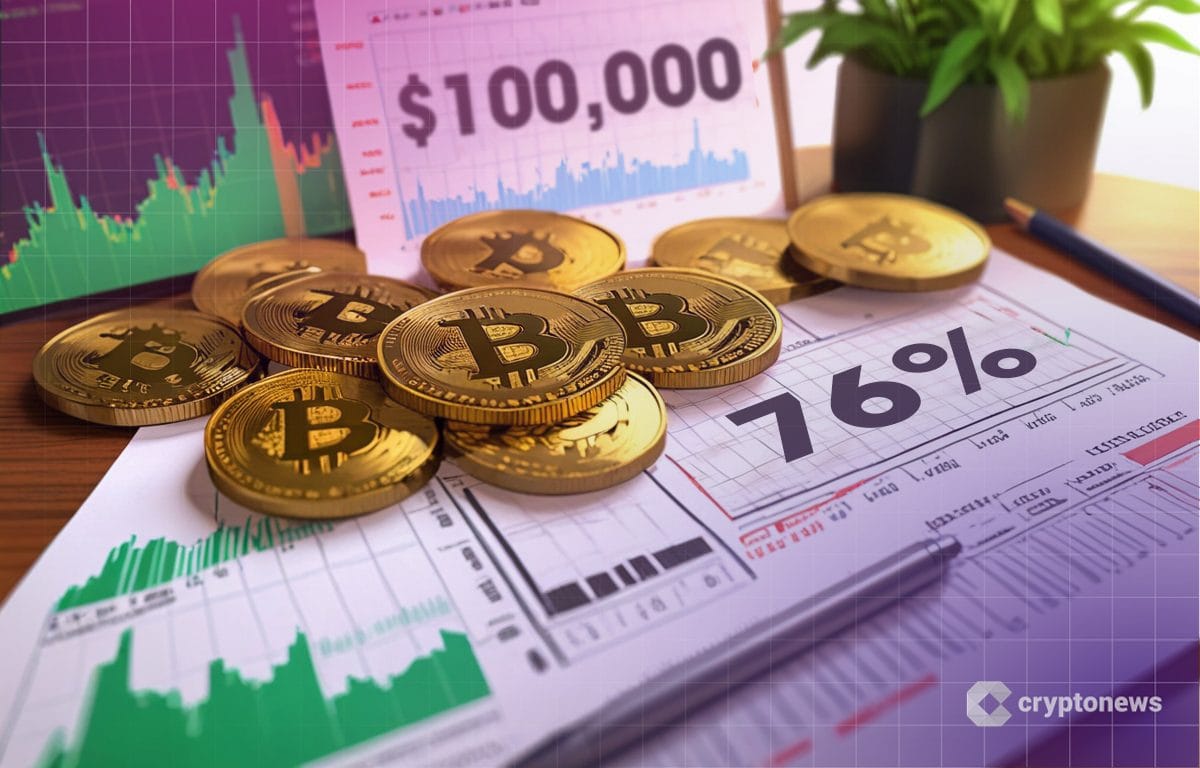Facial Recognition: The New Security Frontier at Mall of America
As the largest shopping mall in the United States, Mall of America has always been a hub of retail excitement and family fun. However, recent gun-related incidents have prompted a significant shift in its security approach, introducing facial recognition technology within its sprawling confines. With these advanced systems now in place, the mall aims to enhance safety measures for its patrons, but the implications of such technology merit further discussion.
A New Era of Security
The decision to implement facial recognition technology comes amidst rising concerns surrounding public safety in busy venues. It’s hard not to draw parallels with other high-profile incidents in similar establishments across the nation. As an avid mall-goer myself, I’ve felt the recent wave of anxiety seep into my shopping experiences. While the thrill of a great sale once eclipsed my worries, now, I find myself glancing over my shoulder a bit more often.
Security innovations in bustling environments like the Mall of America are becoming increasingly vital.
Proponents of the Technology
In a recent discussion, Jamil Jaffer, founder and executive director of the National Security Institute, provided insight into the rationale behind this technology. His perspective underscores the effectiveness of facial recognition in swiftly identifying potential threats. The capability to map faces and detect suspicious behaviors could serve as a powerful deterrent.
Yet, it’s easy to view such technology as a double-edged sword. With every solution comes its own set of concerns, and I can’t help but wonder: at what cost does this heightened security come?
Privacy Concerns
As essential as safety is, the idea of surveillance 24/7 can feel akin to living under a microscope. The implementation of facial recognition implies a level of monitoring that raises legitimate concerns about privacy. Even in places like the Mall of America, where people expect a sensory bombardment of shopping and entertainment, the feeling of being constantly watched can be unnerving.
In the current debate surrounding this technology, one poignant thought struck me: What happens when our need for security compromises our fundamental right to privacy? If we readily accept cameras in every corner, will we find ourselves one day bartering away more than just our location data?
Innovative security tools are becoming the norm in public spaces.
The Balance between Security and Freedom
A visit to the Mall of America was once about indulging in retail therapy, savoring delicious snacks, and enjoying time with family and friends. Now, as I prepare for my next trip there, I must pause and consider the implications of this shift. The mall has long been a symbol of consumer culture, but does this mean it sacrifices its ideals at the altar of safety?
Drawing upon my own experiences of visiting various public venues, I remember feeling relaxed and secure. However, faced with growing anxiety, I now find myself applying a different lens to these trips. Would I feel more secure knowing that there are advanced measures in place, or would I feel more like a potential suspect in a security database?
A Necessary Evolution?
While I wrestle with these thoughts, I acknowledge that the Mall of America is not the first venue to adopt facial recognition technology, nor will it be the last. Many other public places are quietly following suit, indicating a trend toward enhanced security protocols. This worries me as I ponder the message we send to future generations about safety, privacy, and freedom.
As folks navigate bustling malls, the dialogue surrounding these technologies is crucial. There need to be conversations about how to mesh innovative security approaches while upholding civil liberties. The marriage of technology and public safety will undoubtedly require careful consideration—and maybe even a few adjustments along the way.
The importance of safety in public spaces is becoming increasingly emphasized amid changing societal norms.
Conclusion: A Community Discussion Needed
In conclusion, while the Mall of America’s initiative may appear necessary given the current climate, it is imperative for communities to engage in robust discussions about the balance between safety and privacy. Perhaps, it’s time we open the floor to varied voices—those who champion security, and those who champion privacy. Ultimately, as technology continues to develop, the dialogue will be crucial in determining how our public spaces evolve.
As a regular visitor, I suspect that the implementation of this technology will change the experience at the mall. Safety is important, yet ensuring that personal liberties are not compromised in the process must remain top of mind for us all. The real question may soon become: How do we protect both the people and their privacy in our public spaces?


 Photo by
Photo by 











